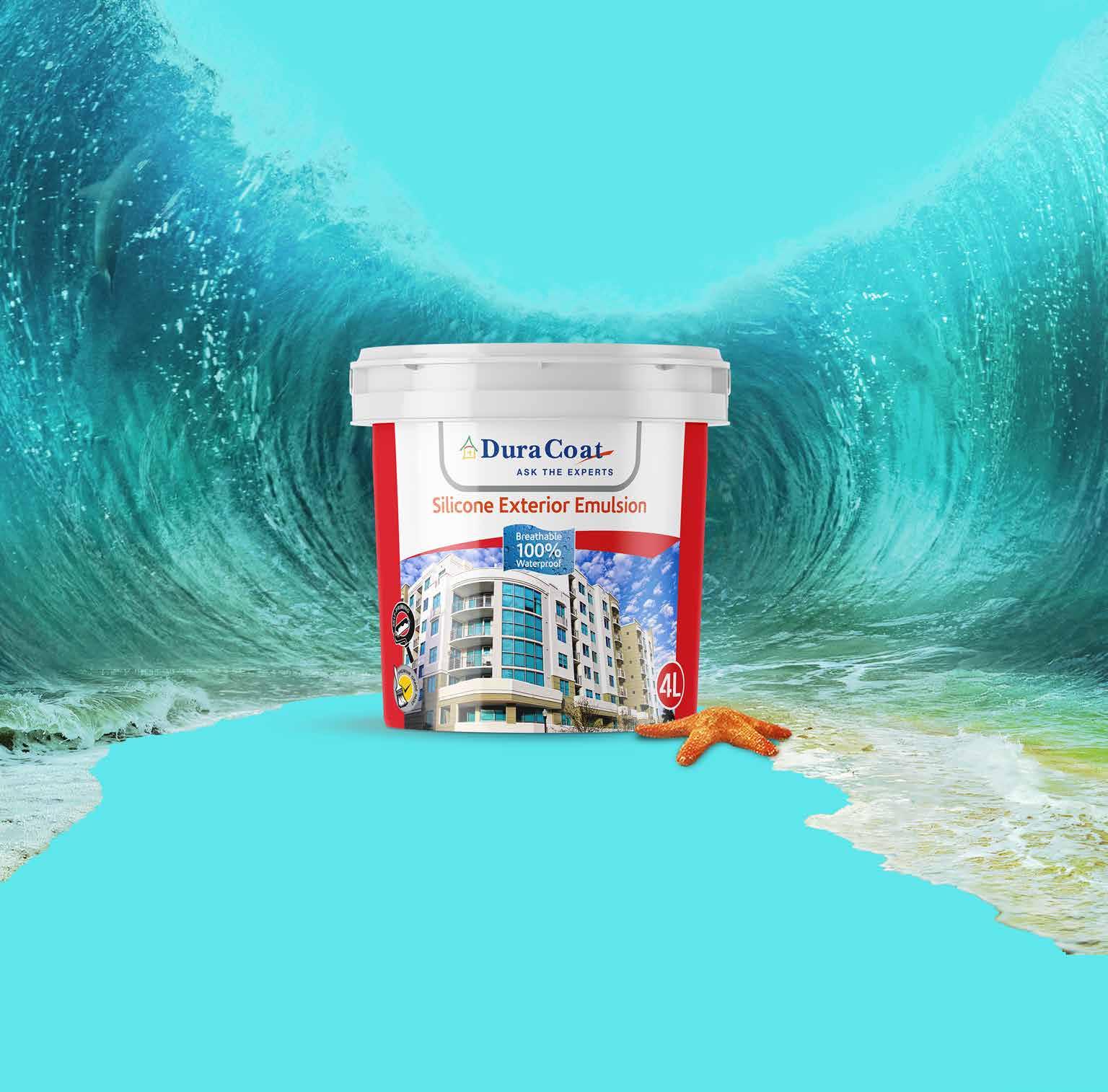
3 minute read
Painting: What to consider for commerical buildings
Choosing the right colour for a commercial building
The choice of colours, once a commercial building is complete, has always presented a challenge to many developers. Understandably, paint work is not one of the key considerations that developers grapple with at the conception of a project. Most would rather worry over completion of the physical structure, which is often the phase that takes up most of the financial resources.
Advertisement
But what happens when the project has finally taken shape and all that is left is “finishing”? Many project owners will concede that this too poses a major challenge. The physical appeal of the building and subsequent uptake of rental or purchased space is quite often influenced by the colours that have been employed in the finish. This is why it is critical that even as the development is under way, the developer must constantly put his mind around what colour scheme to use once the project is complete.
There are thousands of possible colours to choose from (up to 5,000 offered by some paint manufacturers) and herein lies the question: how then does one settle on the right colour? It is a question to consider both for ew buildings and renovation works. According to Higgins Coatings, there are some standard guidelines that should help the developer come up with colours suitable for the particular development.
Architectural style of the building
For instance, a building could be a historical or a futuristic structure. A modern palette will look very out of place on a historical building, and vice versa. Older buildings favour neutrals and rich browns, while modern buildings experiment more with bolder colours, including orange, yellow and red.
Impression intended and who is to use the building
Depending on the type of clientele one wishes to attract, choice of colour scheme may vary. A building that hosts advertising firms or interior design businesses may opt for bold colours while law firms may inspire more subdued colours. A hospital normally goes for white or mild blue. A kindergarten will call for several different bright colours.

Colour combination that works best
As a general rule, no more than three colours should be used on the exterior of a building: one for the walls, one for the trimmings and one for accents. It is a choice between complementary and analogous colours. Complementary colours are colours that are directly opposite each other on the colour wheel, such as red and green, blue and orange or purple and yellow. These
WATER REPELLENT EXTERIOR PAINT

THE ULTIMATE EXTERIOR PAINT.
PROTECTS AGAINST ALL WEATHER ELEMENTS
create a visually striking effect, making a space more impactful.
Analogous colours, on the other hand, are colours that sit side by side on the colour wheel, such as orange and yellow, or green and blue. These create a subtler, more harmonious effect, making a space feel more casual.
Other factors that may influence choice of colour are brand identity and surroundings.
If the building belongs to and houses an organization with already distinct brand colours, naturally it is these colours that will guide the paintwork. For instance, it is unlikely for a building housing Coca Cola to use blue, yellow or other such colours that do not identify with the company.
If other buildings in the surroundings conform to a particular colour scheme, a developer may have to adopt colours that rhyme with these existing structures.
Local regulations may also dictate the colour to use. For instance, Mombasa County Government in Kenya decided that all commercial premises should adopt white and blue as their colour scheme.

Before commencing paintwork, it is advisable to try out the selected colours on a smaller area. This will give the developer an idea of how the entire building will look like and provide a path to change before painting the entire structure and regretting later.








